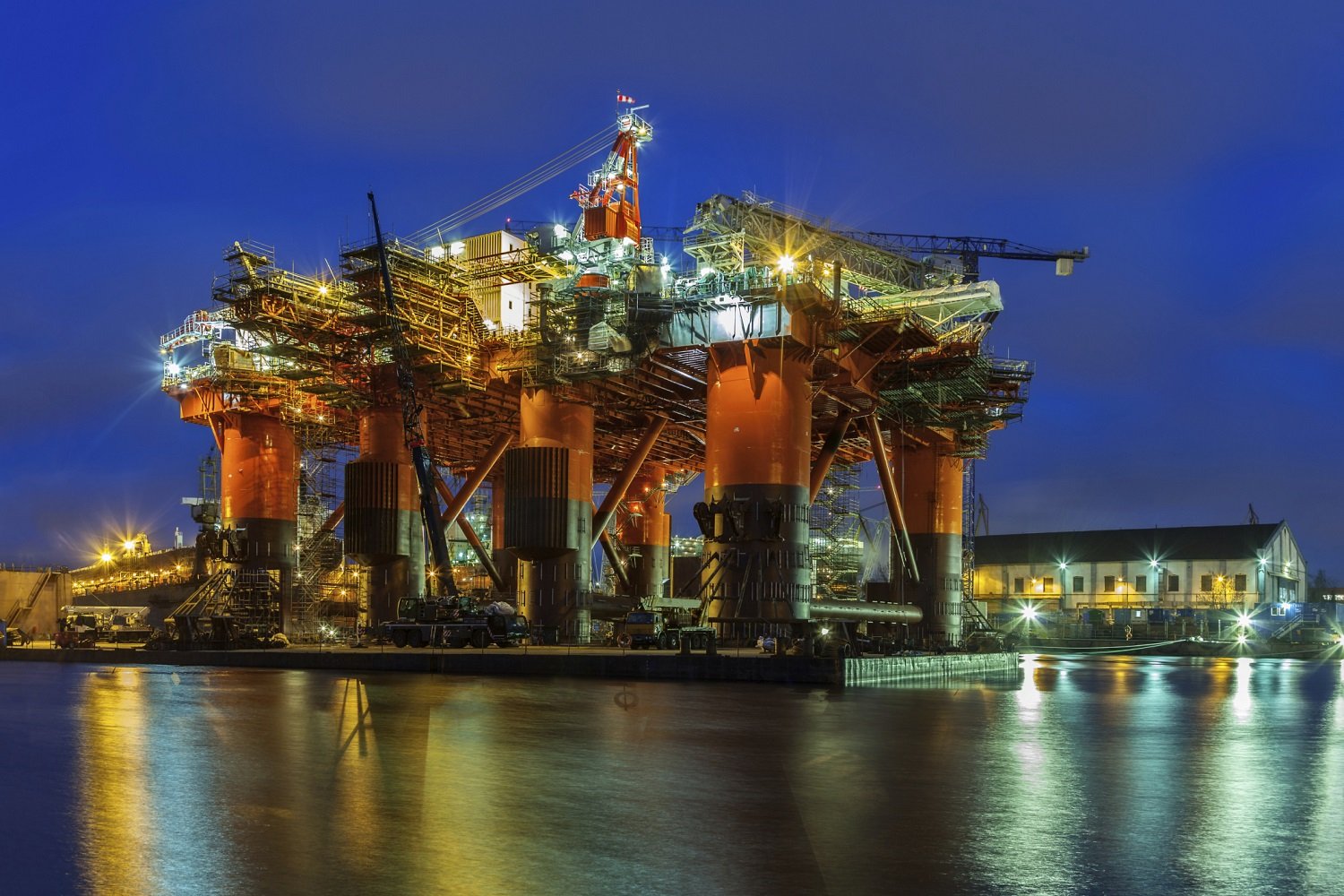
Despite these moves, Seadrill may have too many of these without work in 2016. Source: Seadrill.
As bad as 2015 has been for the offshore drilling industry, 2016 could be even worse. Much of the global fleet of drilling vessels has managed to keep drilling for most of 2015, but a lot of that work is tied to contracts signed when oil was trading near or above $100 per barrel. As things stand today, there's too much oil already out of the ground, too little demand growth to soak up that excess oil, and too many wells around the world pumping even more of it.
And as we've already seen this year, that means fewer contracts for offshore drilling, and much lower day rates for the few contracts that are being offered. That puts Seadrill (SDRL +0.00%) in a tough position. The company has a very new fleet, but a lot of debt to pay for those vessels.
The good news? Seadrill management has made a number of moves since late 2014 to better position the company to ride out the downturn, and hopefully be in position for big profits in the eventual recovery.
Let's take a closer look at Seadrill's best moves in 2015.
Cutting the dividend
This actually took place in late-November of 2014, but nonetheless, the cut was made with 2015 and beyond in mind. In the last full year of the dividend, Seadrill paid out nearly $2 billion to shareholders. Cutting those payments is helping give the company a lot more margin of safety as the downturn carries into its second year.
Seadrill reported a massive loss last quarter due to big impairments, but its operating results held up well due to existing contract business:
SDRL Cash from Operations (TTM) data by YCharts.
As more vessels come off contract, those operating results are likely to deteriorate next year. Seadrill already has nine vessels out of work according to its most recent fleet status report, and another nine with contracts set to expire before mid-2016. The impact of the 2016 contract expirations could surpass $400 million in lost revenues, depending on Seadrill's ability and willingness to agree to short-term or lower day-rate work.
The risk for Seadrill is compounded because it lacks a lever that other drillers can better utilize: reducing operating expenses by idling rigs. Seadrill carries a significantly higher debt load, debt expense and higher SG&A expense, than even larger competitors like Transocean (RIG +1.05%):
SDRL Total Long Term Debt (Quarterly) data by YCharts.
Transocean has already started idling and stacking rigs, and has plans to idle and scrap even more in the next year. Seadrill's leveraged nature makes it harder for the company to be able to afford idling vessels to reduce costs. In other words, Seadrill's problem is becoming a revenue one, while Transocean and others can make operational moves to ride out the downturn.
The suspended dividend was a smart -- if late -- move, but it only buys time.
Delaying and cancelling newbuilds
Seadrill's situation is by and large of its own making, and in no small part because of the massive bet on the industry needing a lot more new, more capable vessels in coming years. Seadrill still has a lot of newbuild exposure, but has made progress on this front. In its February fleet status report, Seadrill reported 15 newbuilds on order, with nine of the 15 newbuilds scheduled to deliver in 2015 or 2016.
As of the most recent update, Seadrill has canceled one vessel, West Mira, due the shipbuilder's failure to meet its delivery schedule (which cost Seadrill a $1 billion contract with Husky). The company has also pushed back delivery of a number of vessels, including the first six-month extension on the delivery of Sevan Developer from November 2015 to April 2016.
Seadrill made even more progress in the second quarter, when it was able to defer delivery of two vessels from the end of 2015 all the way to early 2017, and reach an amended agreement with shipbuilder Dalian on eight jack-ups, pushing them all out about six months each, ranging from late this year to mid-2017.
This is far from an ideal newbuild schedule, since the company is still on the hook for almost $4 billion to pay for those newbuilds, and it's hard to see demand picking up when they start delivering in early 2016, but management has bought some time.
Final thoughts: Buying time for a recovery, but will it be enough?
Seadrill management is paying the price now for the aggressive growth strategy that started several years ago, and it's not clear whether these two big moves will be enough for the company to survive the downturn unscathed. Seadrill is already feeling the pinch, but as more vessels come off contract without new work lined up, the company will have fewer options at its disposal, and few of them will be good. At the same time, Transocean and a few others with less debt leverage will find it easier to cut costs.
These moves help, but it's questionable how much, or for how long.







